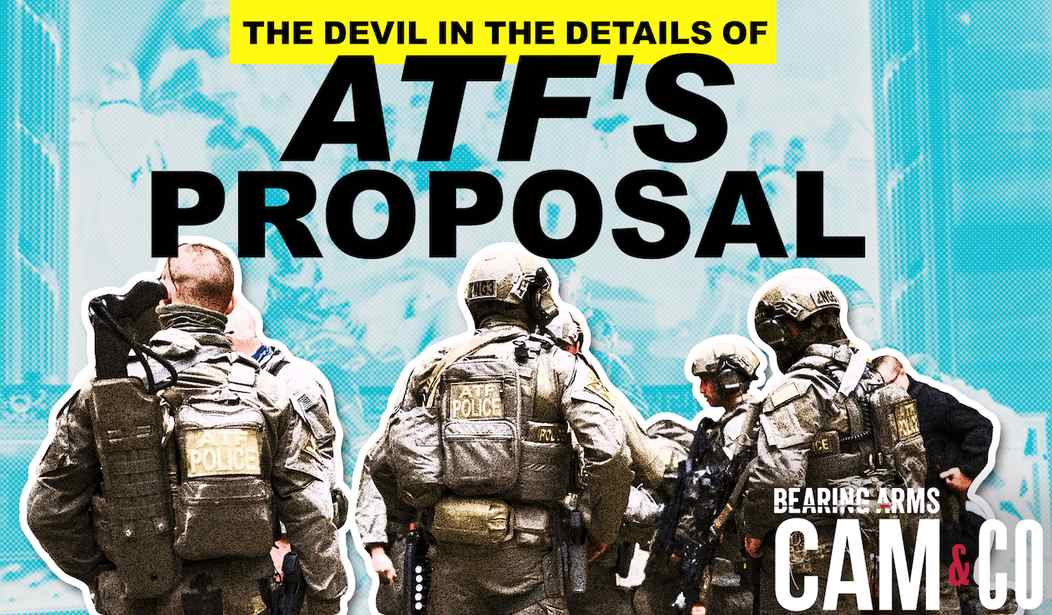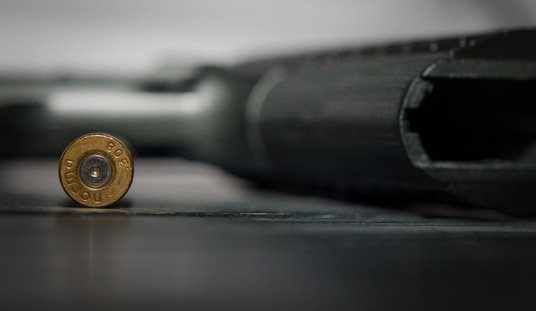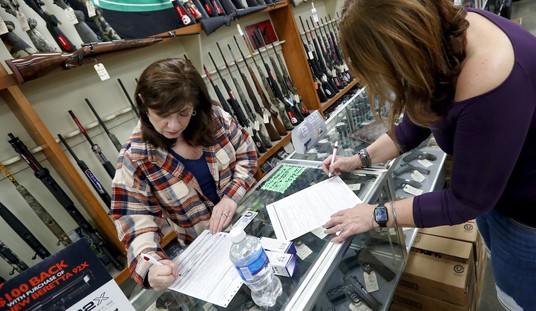As the Biden administration prepares to release its proposed rule on unfinished firearm frames and receivers, reporter Stephen Gutowski has gotten ahold of a copy of an ATF draft proposal for the rules. Gutowski joins Bearing Arms’ Cam & Co today to discuss the devil in the details of the ATF’s recommendations, as well as his new website The Reload, which will be focusing on investigative journalism and analysis of Second Amendment issues.
The ATF draft proposal runs more than 100 pages, and is chock-full of legalese, but Gutowski says the gist of the draft is that the ATF is looking to define unfinished gun parts than can be “readily converted” into working firearms as broadly as possible.
The document reworks and broadens the definition of what parts constitute a regulated firearm receiver. It then says any unfinished part that “may readily be converted” into a receiver must be treated as a receiver and requires sellers to obtain federal licenses, mark the unfinished parts with serial numbers, and perform background checks on buyers. The proposal provides only subjective standards for what makes an unfinished part “readily” convertible into a finished firearm but provides footnotes to court cases where the term has been applied. One court example included in the document said a part completed in “around an eight-hour working day in a properly equipped machine shop” was considered “readily” convertible. The only example of a ruling defining when a part is not “readily” convertible involved a process that “required [a] master gunsmith in a gun shop and $65,000 worth of equipment and tools.”
The examples provided in the document show the proposed rule would likely outlaw the sale of any unfinished receiver, especially when included in a kit with other parts and instructions or tools needed to complete the part. That’s because most unfinished parts sold in America today, including so-called 80% AR-15 lowers, can be finished at home in a few hours with commonly available tools like drill presses and compact mills.
The ATF said in the proposal it expects the rule will have a “significant impact” on companies currently selling unfinished receivers, but it expects them to adapt to the new rule.
Based on the subjective standards contained in the draft proposal, it may not be possible for companies to adapt to the new rule, and it will likely be impossible for the average citizen to continue to make a gun at home, as is allowed by federal law, if the ATF is using a standard that suggests even eight hours in a machine shop with tens of thousands of dollars of equipment would violate the law regarding readily convertible gun parts.
As Gutowski discovered, the draft would also rewrite a portion of the Gun Control Act of 1968 to redefine what is and is not a “receiver” under federal law. A number of courts have challenged the ATF’s interpretation in recent years, which has led to the government dismissing cases against individuals it has accused of illegally making guns rather than face the prospect of a precedent-setting decision coming out of the court system. Gutowski says rather than leaving it up to Congress to re-write or amend the Gun Control Act, the ATF wants to pretend that they can re-define what a receiver is on their own.
The ATF admitted in the document that “neither the upper nor the lower portion of a split/multi-piece receiver firearm alone falls within the precise wording of the regulatory definition” but lashed out in the document at the “erroneous district court decisions” that employ a “narrow interpretation” of the definition.
“These courts’ interpretation of ATF’s regulations, if broadly followed, could mean that as many as 90 percent of all firearms now in the United States would not have an identifiable frame or receiver,” the document said. “Those firearms would include numerous widely available models, such as Glock-type and Sig Sauer P32013 pistols, that do not utilize a hammer – a named component – in the firing sequence.”
The ATF said it is necessary to update the definition of a receiver to ensure it won’t “be misinterpreted by the courts, the firearms industry, or the public at large to mean that most firearms in circulation have no part identifiable as a frame or receiver.” The proposed receiver definition would only require one fire control component, such as a trigger mechanism, cylinder, or firing pin, instead of requiring multiple parts as the current definition does. The ATF said it plans to keep in place the determinations on which specific parts qualify as receivers for guns currently on the market and create a voluntary process for gun makers to submit new designs for determinations.
As I point out in our conversation, if this “fix” were as easy as the ATF suggests, the agency probably would have taken these steps several years ago when cases started getting tossed. The fact that they didn’t tells me that this isn’t an issue that can be resolved by re-interpreting existing statutes to mean something other than the plain language of the text, and we’re already seeing organizations like the Firearms Policy Coalition hint that a legal challenge may be coming if the ATF and the Biden administration insist on going around Congress to change federal law on their own.
We’ll see the official release of the ATF’s proposal in a few weeks, and after that there’ll be a public comment period before the proposed rules are either withdrawn or adopted. While you’re waiting, check out the entire 107-page proposal at The Reload, and see for yourself just how vague and fuzzy the ATF’s proposed language is.








Join the conversation as a VIP Member